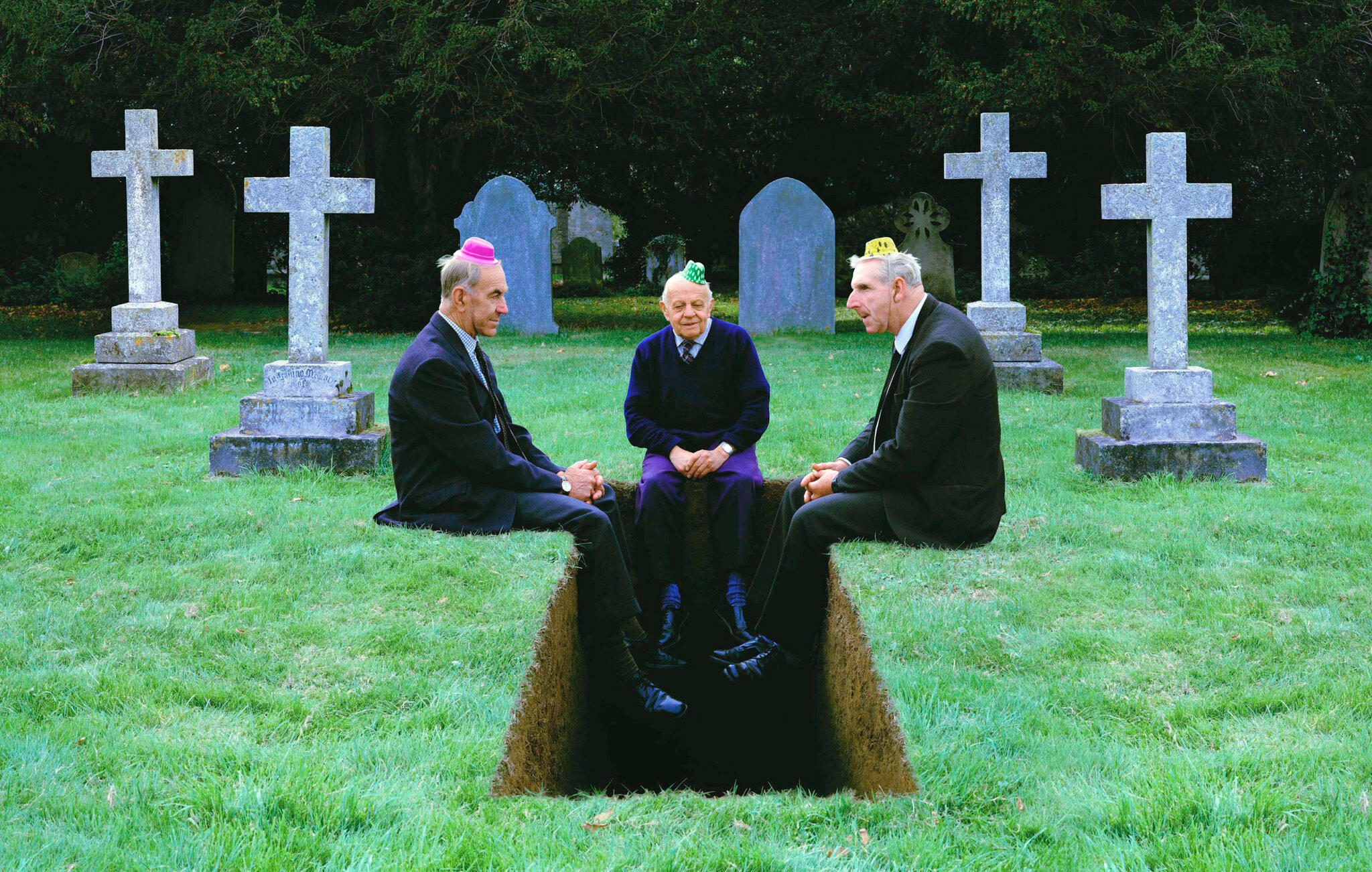
David Stewart
David’s background…
The challenge of using a single photo to tell the fabled story of 1000 words is one which many photographer strive for and one which David Stewart regularly achieves.
He began his career by photographing punk bands including The Clash and The Ramones. After graduating at Blackpool and The Fylde College, Stewart moved to London in 1981 where he pursued a career in photography, rapidly establishing himself as one of the UK's most highly accomplished photographers developing an instantly recognisable style with particularly noticeable use of colour, casting and composition.
In 1995 he directed and produced a short film "Cabbage" which was nominated for a BAFTA.
Accompanying the film is a series of surrealist photographic images in tribute to the much-maligned vegetable.
In 2001 he published a body of work titled Fogeys comprising of kitsch, cartoon-like photographs of people growing old disgracefully. Exhibited at the Institute of Contemporary Art London "Fogeys" won a Silver Award at the Art Directors Club of New York.
The book “Thrice Removed” was published in 2009. While still singular and mischievous, the book includes works that are more muted in colour and personal in tone. The projects "Indecision" and “Intension” return once again to the surreal providing an intriguing study of young women. “Teenage Pre-occupation” which takes a look at teenagers and the changes they go through and was published in May 2013. The short film “Stray” 2013 was screened at the London Short Film festival.
David won The Taylor Wessing portrait prize in 2015. He had been previously shortlisted for the Photographic Portrait Prize in 2007 and accepted a further fourteen times between 1995 and 2012 each time exhibited at the National Portrait Gallery, London.
In 2016 David was presented with The Royal Photographic Society award for outstanding achievement and excellence in the fields of Editorial, Advertising and Fashion Photography.
2018 saw the publication of “Paid Content” which uses the setting of the advertising agency to explore the changing face of workplace culture and the wider dehumanising
effect that is occurring due to the growth of large, faceless corporations and globalisation.
2020 saw the publication of “Geoffrey Valentine” which presents unflinching portraits of his dead father lying in a coffin in a chapel of rest.
David gives us something to think about in our interaction with photography which feels particularly relevant during these times…
“I think photographing something that is close to you is a good way to allow more emotion into your images.
Whether it is family, people or places if you have an emotional connection it becomes more of your own personal story..”






David’s working practice and photographers whose work he admires:
“For personal projects I shoot on a large format camera (8x10 and 4x5 film) and this can bring a heightened sense of reality to the images. This becomes even more apparent when printed large scale for exhibition. The details are clearer and become more important. It involves thinking more about what you are about to shoot and then trusting your instinct. With no Polaroid or instant digital image to work with, the pre planning and thought leading up to the shoot is transmitted to the first shot. Shooting in this way can produce a staged image, however if the subject matter is more naturalistic in quality, it can produce work that is more like social documentary.”